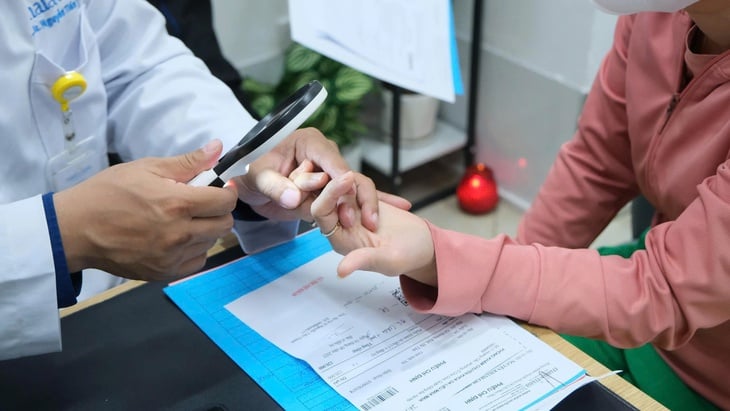
Doctor Nguyen Tien Thanh examines a patient - Photo: BSCC
According to Dr. Nguyen Tien Thanh, a member of the Vietnam Dermatology Association, the humid environment after floods is an ideal condition for bacteria and mold to grow. When people have to soak in dirty water or come into direct contact with mud, the risk of skin diseases increases.
Common skin diseases after floods
1. Contact dermatitis
According to Dr. Thanh, the cause of the disease is due to skin direct contact with flood water containing chemicals from sewers, decomposing waste, and animal feces.
"The signs are red rash, itching, swelling, sometimes blisters or blisters. The patient feels uncomfortable, especially in exposed skin areas such as the legs and arms," Dr. Thanh shared.
When experiencing this condition, people need to wash the skin with clean water and mild soap, dry it and apply skin recovery cream. If the condition is severe, it may be necessary to use topical corticosteroids or antihistamines as prescribed by a doctor.
2. Skin fungus
According to Dr. Thanh, high humidity and prolonged soaking of the skin in water is a favorable environment for fungus to grow, especially between the toes, groin, and armpits.
The signs of the disease are severe itching, white flakes, small blisters, shallow ulcers, and possibly an unpleasant odor. It is often found on the feet (tinea pedis, intertrigo), groin, buttocks, and torso.
"Patients need to keep their skin dry, change socks and shoes, and use antifungal ointments (clotrimazole, ketoconazole, etc.) as directed. In severe cases, antifungal medication prescribed by a doctor should be taken," Dr. Thanh advised.
3. Folliculitis - skin abscess
Doctor Thanh said this condition is caused by bacteria entering through hair follicles or skin scratches when exposed to dirty water.
Symptoms include red, swollen, painful skin, and the formation of abscesses. If it spreads, it can cause cellulitis.
Regarding treatment, the patient needs to keep the skin clean and not squeeze the pus. Use a mild antiseptic solution. If the lesion spreads or is accompanied by a fever, the patient needs to go to a medical facility to be treated with oral or intravenous antibiotics.
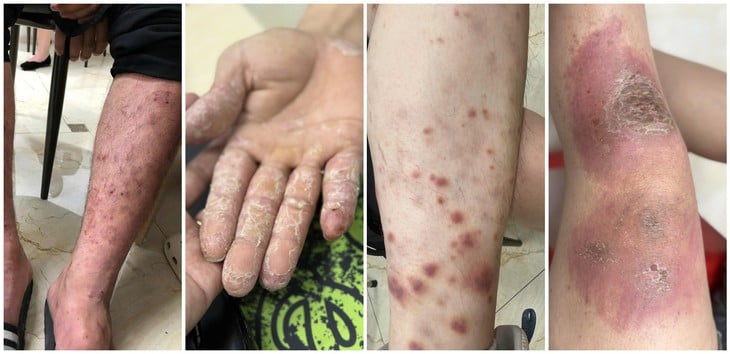
Common skin diseases after the flood season - Photo: BSCC
4. Skin ulcers and cellulitis
Notably, according to this expert, skin ulcers and cellulitis can occur if the skin wound is not cared for and becomes deeply infected.
"The signs are red, hot, painful, and widespread skin. The ulcer takes a long time to heal, oozes fluid, and even has a foul odor. The patient may have a fever and feel tired.
This is a serious condition and requires immediate medical attention. The doctor will prescribe systemic antibiotics, wound care, and surgical intervention may be required if there is necrosis," Dr. Thanh emphasized.
5. Chronic recurring skin diseases (eczema, atopic dermatitis, psoriasis)
Skin is sensitive, when exposed to flood water can easily cause chronic skin diseases such as eczema, atopic dermatitis, psoriasis.
According to Dr. Thanh, the signs are dry, thick, itchy, peeling or oozing skin that can spread.
"Patients need to maintain hydration and avoid contact with dirty water. They may need special topical medications or oral medications as prescribed by a dermatologist," said Dr. Thanh.
How to treat skin diseases?
To prevent skin diseases, people in flood-affected areas should note the following principles:
- Wash immediately with clean water after contact with flood water.
- Dry the body, especially between the fingers, groin, and armpits.
- Change into clean, dry clothes and shoes.
- Use gloves and boots when cleaning up mud.
- Do not scratch damaged skin.
- Apply moisturizer to restore the protective barrier.
"Skin diseases may not be immediately dangerous but they greatly affect health and daily life. A small scratch, if not properly cared for, can become a serious infection. Therefore, people need to pay special attention to skin hygiene.
In particular, when there are signs such as widespread skin lesions, deep ulcers, pus, fever, and fatigue, it is a warning condition. Patients should not arbitrarily buy floating topical medications but should go to the doctor early for proper diagnosis and treatment," Dr. Thanh advised.
Source: https://tuoitre.vn/5-benh-da-lieu-thuong-gap-trong-mua-mua-lu-va-cach-xu-ly-20251004181205921.htm


![[Photo] Visit Hung Yen to admire the "wooden masterpiece" pagoda in the heart of the Northern Delta](/_next/image?url=https%3A%2F%2Fvphoto.vietnam.vn%2Fthumb%2F1200x675%2Fvietnam%2Fresource%2FIMAGE%2F2025%2F11%2F21%2F1763716446000_a1-bnd-8471-1769-jpg.webp&w=3840&q=75)

![[Photo] General Secretary To Lam receives President of the Senate of the Czech Republic Milos Vystrcil](/_next/image?url=https%3A%2F%2Fvphoto.vietnam.vn%2Fthumb%2F1200x675%2Fvietnam%2Fresource%2FIMAGE%2F2025%2F11%2F21%2F1763723946294_ndo_br_1-8401-jpg.webp&w=3840&q=75)

![[Photo] National Assembly Chairman Tran Thanh Man holds talks with President of the Senate of the Czech Republic Milos Vystrcil](/_next/image?url=https%3A%2F%2Fvphoto.vietnam.vn%2Fthumb%2F1200x675%2Fvietnam%2Fresource%2FIMAGE%2F2025%2F11%2F21%2F1763715853195_ndo_br_bnd-6440-jpg.webp&w=3840&q=75)
![[Photo] President Luong Cuong receives Speaker of the Korean National Assembly Woo Won Shik](/_next/image?url=https%3A%2F%2Fvphoto.vietnam.vn%2Fthumb%2F1200x675%2Fvietnam%2Fresource%2FIMAGE%2F2025%2F11%2F21%2F1763720046458_ndo_br_1-jpg.webp&w=3840&q=75)
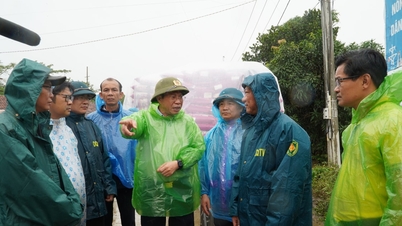



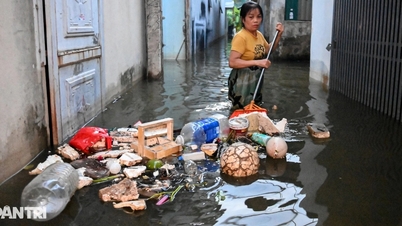

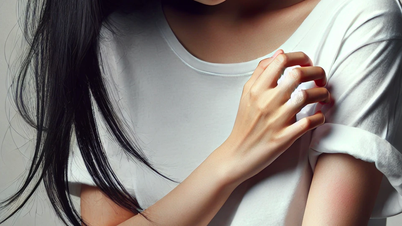
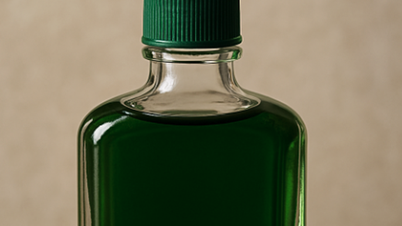
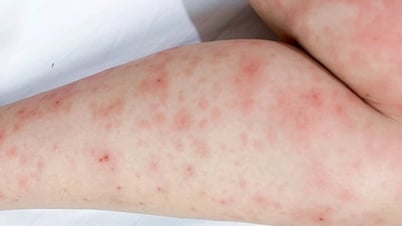
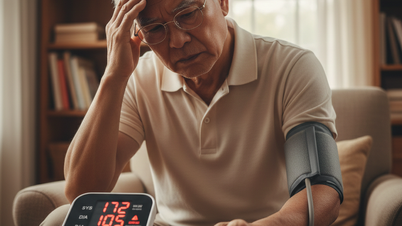

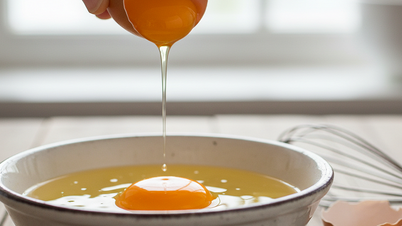



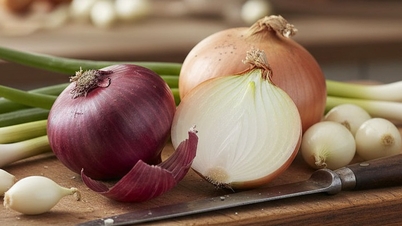
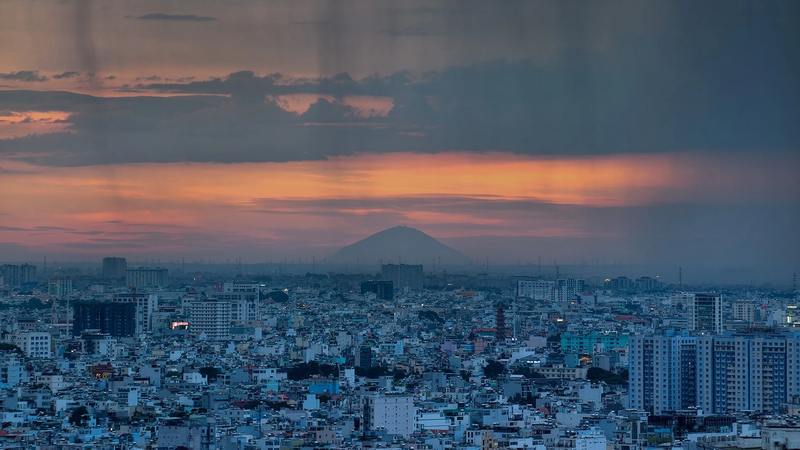





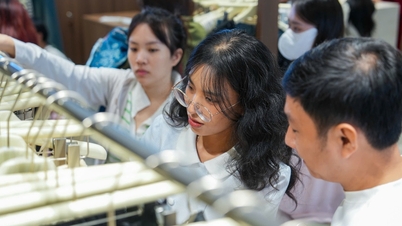











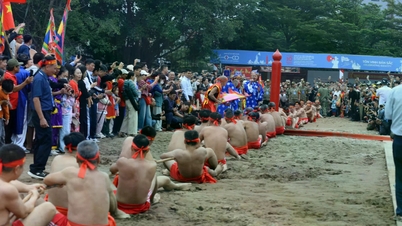

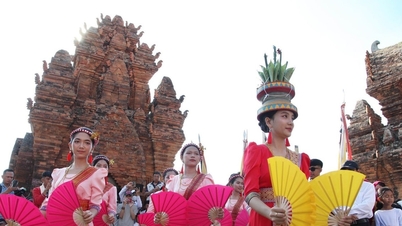
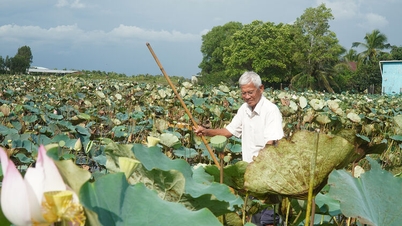

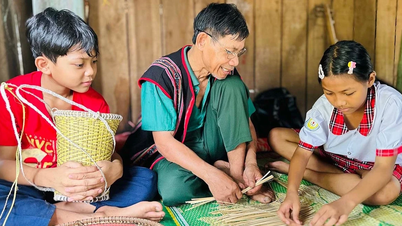



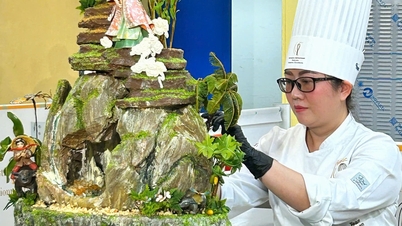


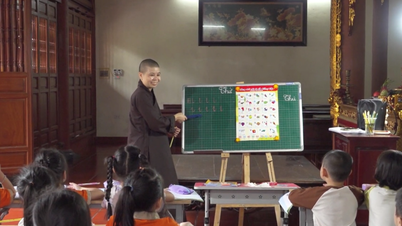












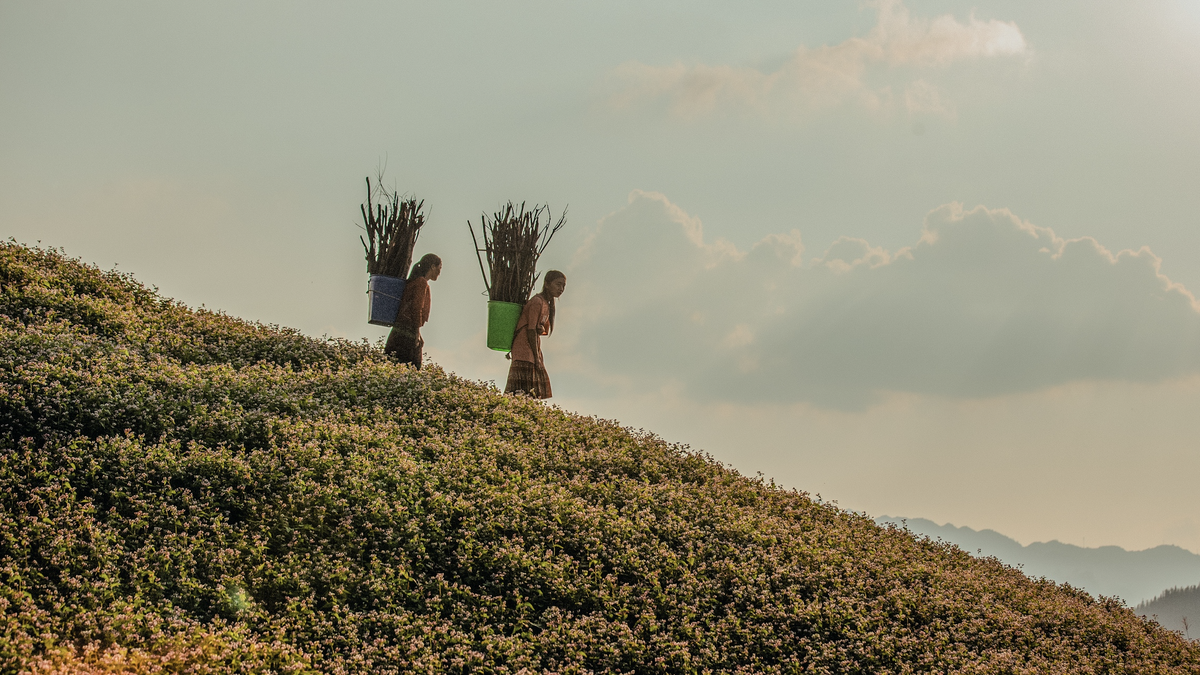

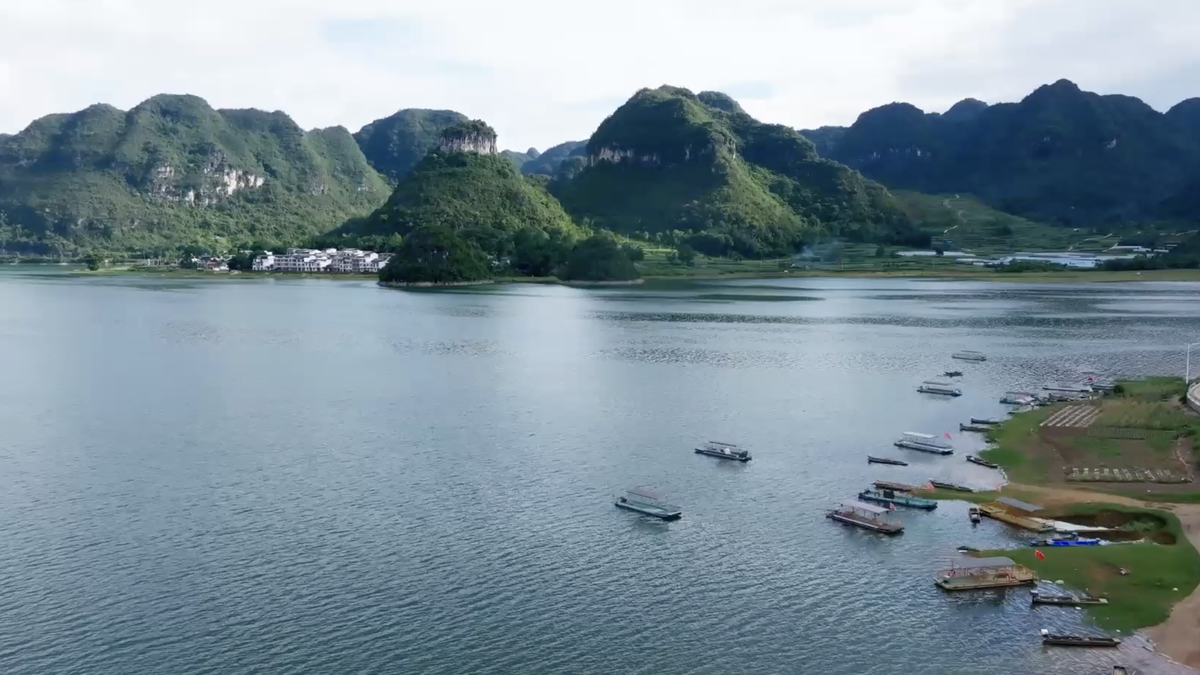


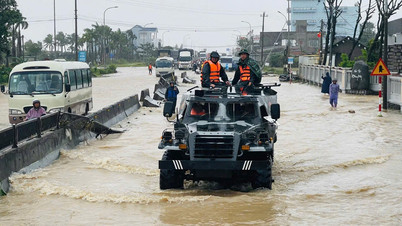











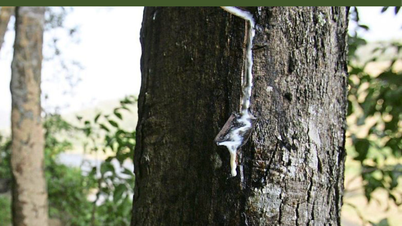




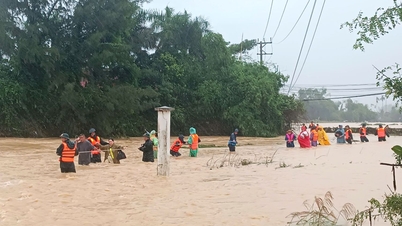



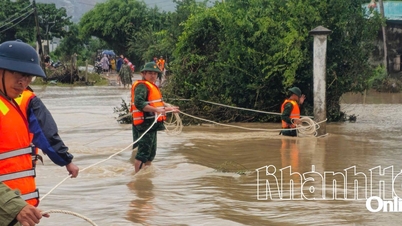


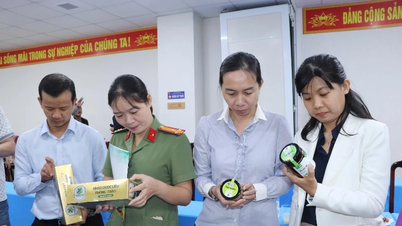

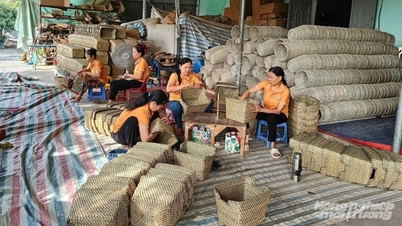

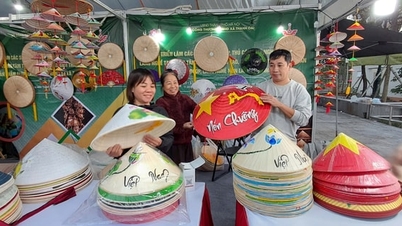
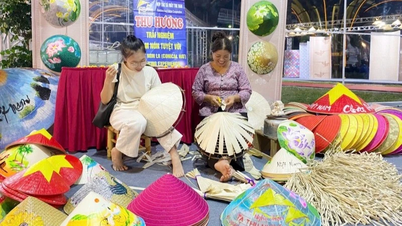






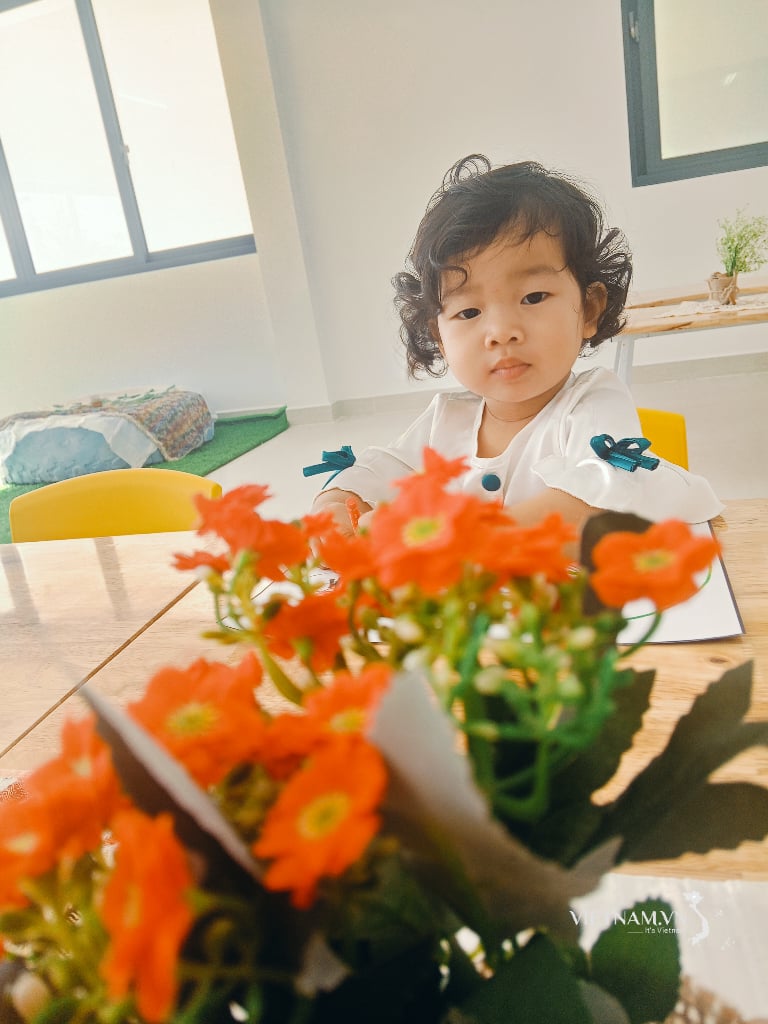

Comment (0)